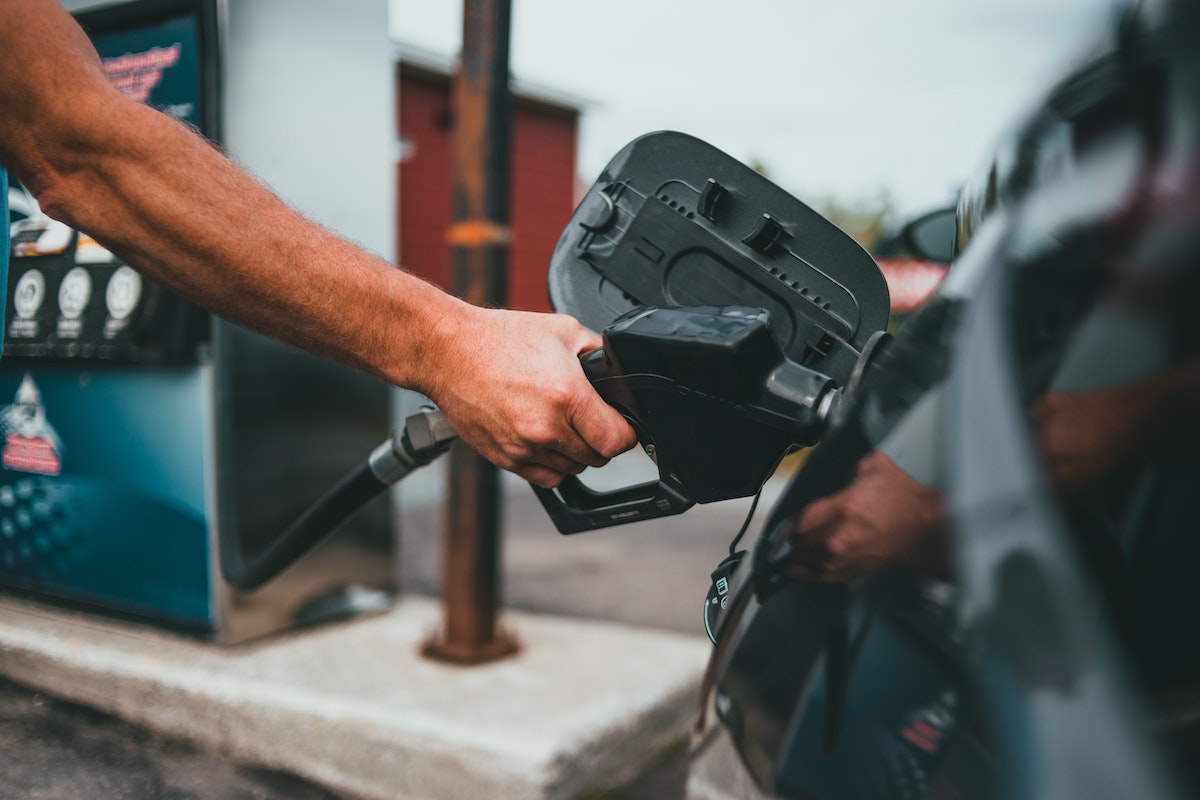By Brando Arimborgo
Unless you’ve been living in an alternate universe with no vehicles, you would have at least heard of, if not witnessed for yourself, the grappling effects of the rocketing fuel prices. Picture this, you sit in your car at the petrol station with your low fuel warning light shining and see even the cheapest petrol price starting with a two. You can’t help but wonder if you can stretch the last few kilometres a little further. Does this sound familiar? Unfortunately, that’s a situation that most of us have been in. There are a couple of reasons for this surge in fuel prices, and this issue alone creates many others, as will be discussed.
We have all heard of the recent war between Russia and Ukraine. It’s certainly a tragic event that has resulted in fatalities and forced many individuals to leave their country. However, it doesn’t stop there. The recent conflict has indirectly affected the rest of the world in many ways.
For many years, Russia had constantly been in the top three global producers of oil, which meant that dozens of countries relied on it for imports. Shortly after the war began, sanctions were placed on Russia with the aim of hurting its economy, forcing Putin to withdraw and ideally stop this war. Until that occurs, and if it occurs, the price of oil is unlikely to decline, and therefore, fuel prices and gas are unlikely to, as well.
The second main reason for this surge in fuel prices is the well-known global pandemic. For more than two years, the world has stopped working at its full capacity, people in certain industries found themselves without a job, savings had to be used through tough times, no tourism was happening, no exchanges, no large events, people worked from home, and more. Because of these economic disruptions, there was a slowdown in production and mobility worldwide, producing a significant drop in global demand for oil. As we entered 2022, these covid waves that were so prevalent in previous years began to diminish. People started travelling again, more employees returned to their places of work, there were more large events, exchanges, and so on. This meant that demand for fuel started to increase to its normal rate, the number of oil companies however wasn’t the same, as several were forced to file for bankruptcy after lenders pulled credit lines as revenue dried up during the pandemic.
Minor reasons for the surge in fuel prices include: the value of the Australian dollar in comparison to the American dollar, and roughly 40% of international trade transactions are invoiced in American dollars. Therefore, a weak Australian dollar would result in a higher price of imported goods, for example, fuel. Another reason petrol prices increase more than usual is public holidays and long weekends, because motorists are preparing to make long trips and using more petrol than usual driving demand.
In conclusion, this recent spike has been the accumulation of many issues, with Russia’s aggression at the top of the list, followed by the post-pandemic demand. Whether petrol prices will decline is still uncertain. However, leading Australian energy expert, Graeme Bethune, believes it could reach up to $2.50, which would be a new record high price. You may have also noticed that as a result of the surge in fuel prices, more and more people are deciding to buy electric cars. Seeing a Tesla on the road is not as surprising as it used to be a few years ago.

